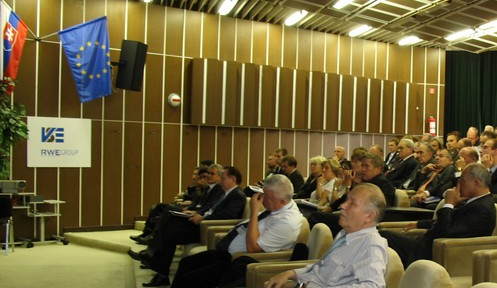|
Aerial diagnostics of HV and UHV power lines using modern diagnostic systems
*Ľuboš SKURČÁK
VUJE, a.s.
Ľuboš PAVLOV
VUJE, a.s.
Peter BOJDA
VUJE, a.s.
Ján GBELEC
VUJE, a.s.
Last modified:
2022-06-20
Abstract
Ensuring and maintaining reliable operation of the transmission and distribution system in large networks of external HV and UHV power lines is a challenging task. At the beginning of this process is a well-made design with project documentation, which is followed by the precise construction of external power lines. However, in order to maintain high operational reliability, regular inspection and maintenance of power lines is also important, the aim of which is to minimize the occurrence of emergency situations resulting in the interruption of the transmission or distribution of electricity. At the same time, it is important that maintaining the high reliability of the power lines is carried out in a cost-effective manner. Experience in the case of large energy networks confirms that the only effective and fast way to obtain information on power lines is to use aerial inspections. Other forms of inspections (in the case of power lines, such as walking and climbing inspections) also have their justification, and ideally their results are complementary. However, the importance of aerial revisions is irreplaceable in terms of the speed of assessing the real condition of large line structures. For this reason, electricity network operators are interested in an expert service in the form of aerial inspection of power lines, aimed at identifying defects and failures that may endanger the safety and reliability of operating equipment, analysis of their severity and processing of protocols.
The current trend is focused on the digitization of outputs and the provision of data outside the visible spectrum, which have the potential to capture operational threats at an early stage.
Such data sources include a thermal imaging camera scanning in the infrared spectrum, a corona camera operating in the ultraviolet spectrum, or hyperspectral cameras operating in a wide electromagnetic spectrum (400 - 2400 nm).
The presented paper is based on the practical experience of the authors and is focused on the presentation of the possibilities of using modern diagnostic systems for aerial diagnostics of external power lines.
|
 |
|







